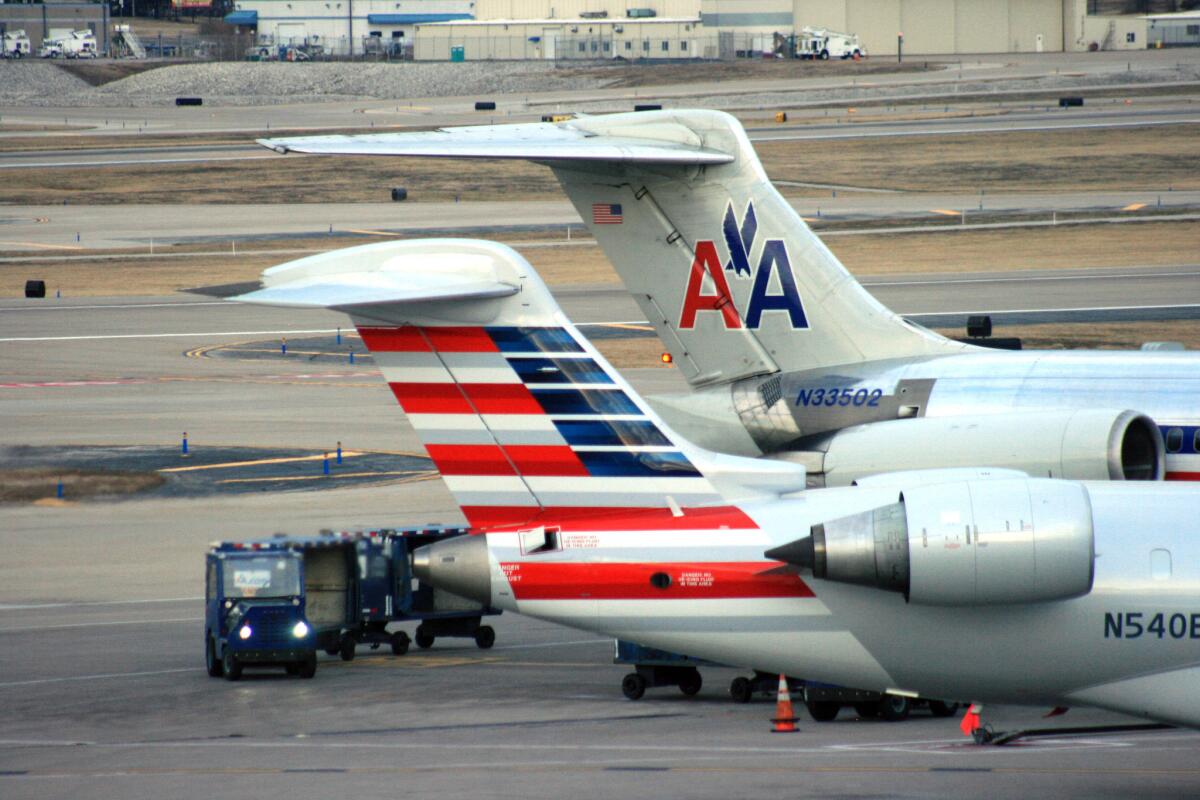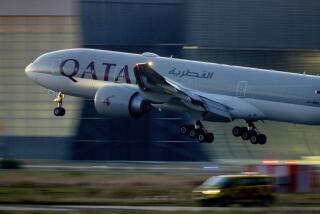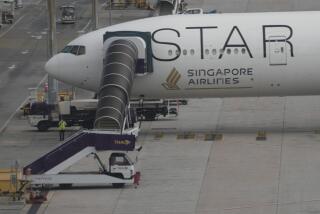Airplane turbulence is scary but injuries are rare

Luggage and beverage carts crashed and rolled on an American Airlines jet as it hit severe turbulence on a flight from South Korea to Dallas.
“What is happening?” a passenger could be heard screaming on a YouTube video of the pandemonium that has been viewed more than 1 million times. Four passengers and one crew member were treated at hospitals; a total of 14 passengers suffered injuries in the incident earlier this month.
Despite this incident, turbulence injuries on commercial planes are rare and could be nearly eliminated in the future. Aviation experts say a new digital communications system could make it easier for pilots to divert around patches of rough air.
In 2013, only 11 passengers and 13 crew members were injured because of turbulence on commercial flights, a fraction of the 826 million travelers on domestic and international flights from the U.S., according to federal statistics.
The proposed system is part of a plan to upgrade the nation’s antiquated ground-based, analog navigation system to a modern satellite-based, digitized system.
When completed, it “will enable air traffic controllers to digitally send reroutes to flight crews when aircraft are a considerable distance from a weather system, allowing them to fly around the system in the most efficient manner possible,” said Ian Gregor, a spokesman for the Federal Aviation Administration.
Here’s the bad news: The Next Generation Transportation System will cost at least $40 billion and won’t be ready for nationwide use until about 2019.
To read more about travel, tourism and the airline industry, follow me on Twitter at @hugomartin.
More to Read
Inside the business of entertainment
The Wide Shot brings you news, analysis and insights on everything from streaming wars to production — and what it all means for the future.
You may occasionally receive promotional content from the Los Angeles Times.











